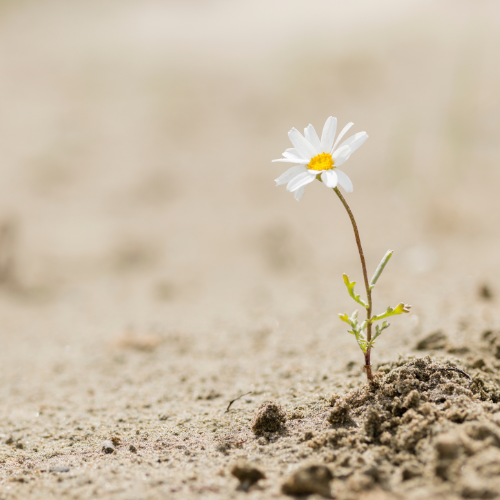Realizing resilience and building hardiness: A practical guide for leaders
Resilience isn’t some magical gem you acquire once you reach a certain level of profound stress or challenge—rather it is a skill you routinely practice to build up stamina. You can nurture and build your resilience through your interactions with people, both personally and professionally. How? Our interactions with people in our lives can help us overcome difficult challenges by motivating us in uncertain times and shifting our focus and attention. According to Harvard Business Review, these interactions “help us to shift or push back on work demands and alter the magnitude of the challenge we’re facing” and help us find purpose and meaning in our actions to persist through setbacks. Resilience is linked to several benefits, including an improved social life, better performance under pressure. A recent study links greater resilience to lower levels of anxiety, stress, and depression. More resilient people may also feel more hopeful and optimistic, be more resourceful, and have greater satisfaction with their life. As leaders, our ability to adapt to change and withstand adversity is crucial in both our personal lives and in leading a successful team. When leaders demonstrate integrity, grit, and strength in challenging circumstances, they actively plant seeds of resilience in their team.
Hardiness is a psychological quality that helps explain resilience and the ability to perform well under pressure. Resilience describes one’s ability to adjust to changes and adversity while remaining unwavering in their goals and purpose. Having a strong support network, a healthy lifestyle, and a positive workplace are factors that contribute to one’s resilience. But when it comes to internal factors that contribute to resilience, hardiness is the key element. Suzanne C. Kobasa introduced the concept of psychological hardiness and characterized the three C’s. According to the National Library of Medicine, “Hardiness is defined as a constellation of attitudes, beliefs, and behavioural tendencies that consist of three components: commitment, control, and challenge.”
The three C’s: Commitment, control, and challenge
Commitment refers to our ability to follow through with plans, despite any obstacles along the way. As leaders, control refers to the belief that we have influential power over outcomes and that by increasing our skills and expertise, we can alleviate stress in difficult situations. Challenge refers to the extent one can embrace change while maintaining a positive outlook. Good leaders understand the importance of positive encouragement and they do so by recognizing the wins, big and small, of their team. These qualities of hardiness are reflective of a healthy and resilient team so that in challenging times, the team can feel confident working together to solve problems. Being passionate about achieving goals and objectives and eager to have healthy conversations about expectations and responsibilities are the qualities of a cohesive and strong team.
Here are some practical ways we can build resilience and hardiness both in ourselves as leaders and in our teams:
1- Create a strong support system
A strong support system is a key component of resilience. Our friends, family, and coworkers in our inner circles become our support system when we’re going through a rough patch. This is why we need to surround ourselves with empathic, caring, and kind people. In the same way we want to cultivate a strong support system for ourselves, it’s important to realize we too are part of others’ support systems.
2- Practice mindfulness exercises
In challenging times, it can be easy to loose sight of your goal and purpose. Practicing simple mindfulness exercises and meditation such as yoga can help ground you in your beliefs and help us find meaning in our work. When we remind ourselves that our circumstances are not permanent, we can learn to see the bigger picture. Learning to be gentle with our minds help us practice compassion towards ourselves.
3- Be vulnerable and honest with your needs
It’s not easy to be vulnerable in front of your team, coworkers, or friends and family. We often perceive vulnerability to be a personal flaw and something that should stay hidden. This feeling of shame disconnects us from people when we need them most. There is no failure or shame in acknowledging we all have needs and be vulnerable. In fact, being unafraid to share your mental wellness journey can encourage your team members to do the same!
4- Establish psychological safety in teams
Establishing psychological safety on your team can have significant benefits. A healthy, mindful dialogue about failures and challenges can only occur with your team if your members feel safe to confide their thoughts, ideas and opinions with you without fear of being penalized. Having open and honest discussions with your team is important for future success.
Practicing skills in strengthening resilience sets you and your team up for success. In an article on fostering hardiness in teams, authors Paul T. Bartone and Steven J. Stein from Harvard Business Review write, “Leaders build resilience by setting high standards, while addressing shortfalls and failures as opportunities to learn and improve.” As leaders, we must be proactive in nurturing the right mindset in our team members and encourage them to recognize the benefits of building resilience and hardiness. Good leaders set examples, and no one can set a better example for your team than you.




